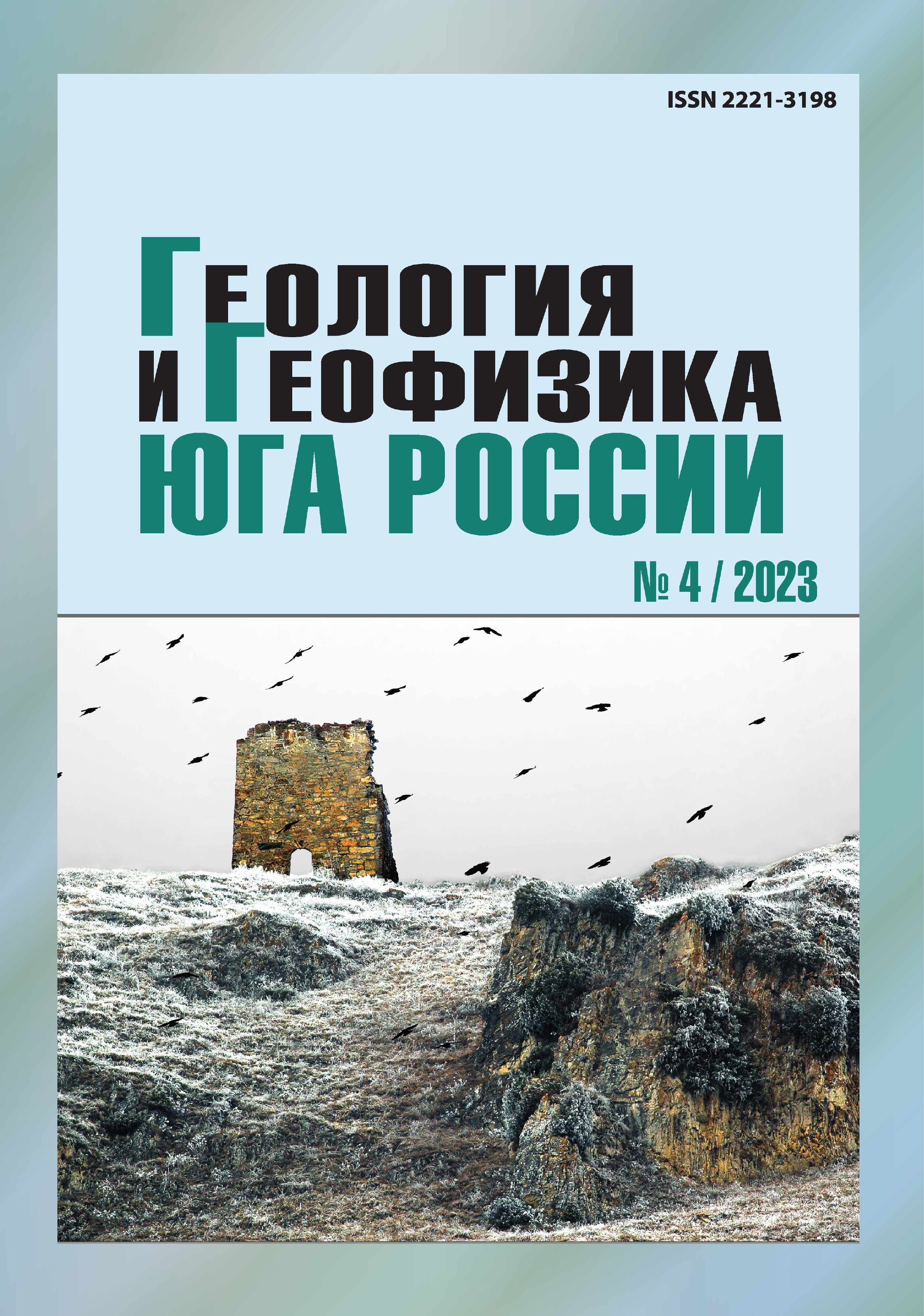Geological and geomorphometric factors in the formation of agricultural terraced areas in midmountain Chechnya
Abstract
Relevance. The terraced areas of mid-mountain Chechnya belong to one of the ancient world centers of terrace farming. They are formed on the diverse geological and geomorphological basis. This is caused by the complex geological structure of the territory and the highly dissected nature of the mountain relief under alpine orogenesis. The research aim is to identify the most preferable sites for the formation of the ancient practice of terrace farming based on an analysis of the geomorphometric characteristics of the relief of terraced areas and the types of pre-Quaternary formations composing them. Methods. The main methods were visual interpretation of satellite images from the Google Earth and Bing electronic services in order to identify terracing areas and cluster analysis of geomorphometric variables of the surface of the identified areas, obtained on the basis of the FABDEM digital elevation model with a spatial resolution of 30 m. The results of the pre-Quaternary formations State Geological map digitization at a scale of 1: 200,000 (GGK-200/1) were also used to determine the role of the lithological factor in the shaping of agricultural terraced areas. The results revealed that the conditions for the formation of agricultural terraced areas in the mid-mountain belt of Chechnya primarily depend on the nature of the bedrock that forms the relief of the territory. That, in turn, also determines the geomorphometric characteristics of the terraced areas surface: for areas composed from the Paleogene and Cretaceous carbonate rocks, large and extended slopes of broadband terraces are typical. At the same time on more unstable slopes formed by formations of Jurassic sandstones and shales, areas of shallow-contour terraces with a high (ca. 80 m) vertical strike between the levels of the lowest and highest terraces and with the most deficient moisture conditions in the region are prevalent. These differences were identified in five groups of terraced areas identified on the basis of cluster analysis in accordance with their geomorphometric characteristics.


